Lake Shoreline: The band of exposed land below the ordinary high water mark extending to the water’s edge.
Riparian Zone: The land next to water bodies such as lakes, rivers, and wetlands.
Ordinary High Water Mark: The highest point on the shoreline where water will rise under normal weather conditions. It is usually distinguished by the presence of shrubs and other vegetation that does not tolerate wet conditions.
_resized.jpg) The lake shoreline and riparian zone are interconnected and work together to maintain clean water and a healthy, functioning ecosystem.
The lake shoreline and riparian zone are interconnected and work together to maintain clean water and a healthy, functioning ecosystem.
Lake waters, lake bottoms, and the land up to the ordinary high water mark is crown land and owned by the province. Permits from Nova Scotia Environment are required to modify the shoreline area.
PLYMOUTH GENTIAN and PINK COREOPSIS
_0_0.jpg) |
 |
 |
Gently sloping, broad, low nutrient shorelines that are composed of sand, gravel, peat, or cobblestone. Commonly found on peat shorelines dominated by Twigrush. Plymouth Gentian also occurs along shorelines of slow-moving rivers in similar habitat as above. |
WATER-PENNYWORT
.jpg) |
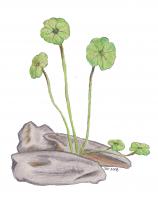 |
In a narrow band above and below the water on sand or gravel lake shorelines. Grows upright on the lake shoreline and in shallow water. Floats on the surface in deeper water. Typically found growing by itself or with a minimal number of other species. |
GOLDEN CREST
_0.jpg) |
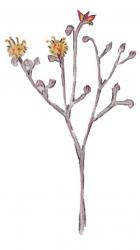 |
Gravel or cobble lake shorelines, often where peat accumulates and there is Twigrush. Sometimes found on the lake surface on floating mats of peat. Also found in wetlands (bogs and fens), often in waterlogged or seasonally flooded areas. |
REDROOT
_0.jpg) |
 |
Gently sloping cobble beaches of peat, sand, or gravel. Often associated with meadows of Twigrush.
Twigrush |
TUBERCLED SPIKE-RUSH
_0.jpg) |
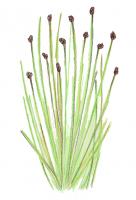 |
Sandy or stony lake shorelines and gravel bars. Peaty wetlands edges bordering lakes. Also found on vegetative mats that are either floating or pushed onto shorelines in storms or by ice. |
SWEET PEPPERBUSH
_0.jpg) |
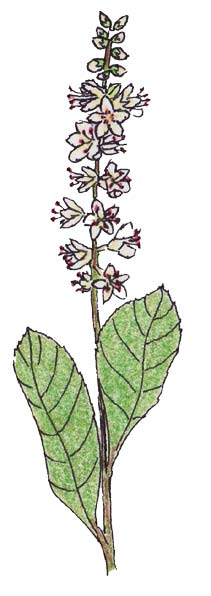 |
Open, shrubby lake shoreline banks
in seasonally wet areas.
Usually found in headwater lakes
(lakes at the top of watersheds).
Can also extend along shaded
brooks and into adjacent forest
habitat.
|
SPOTTED PONDWEED
.jpg) |
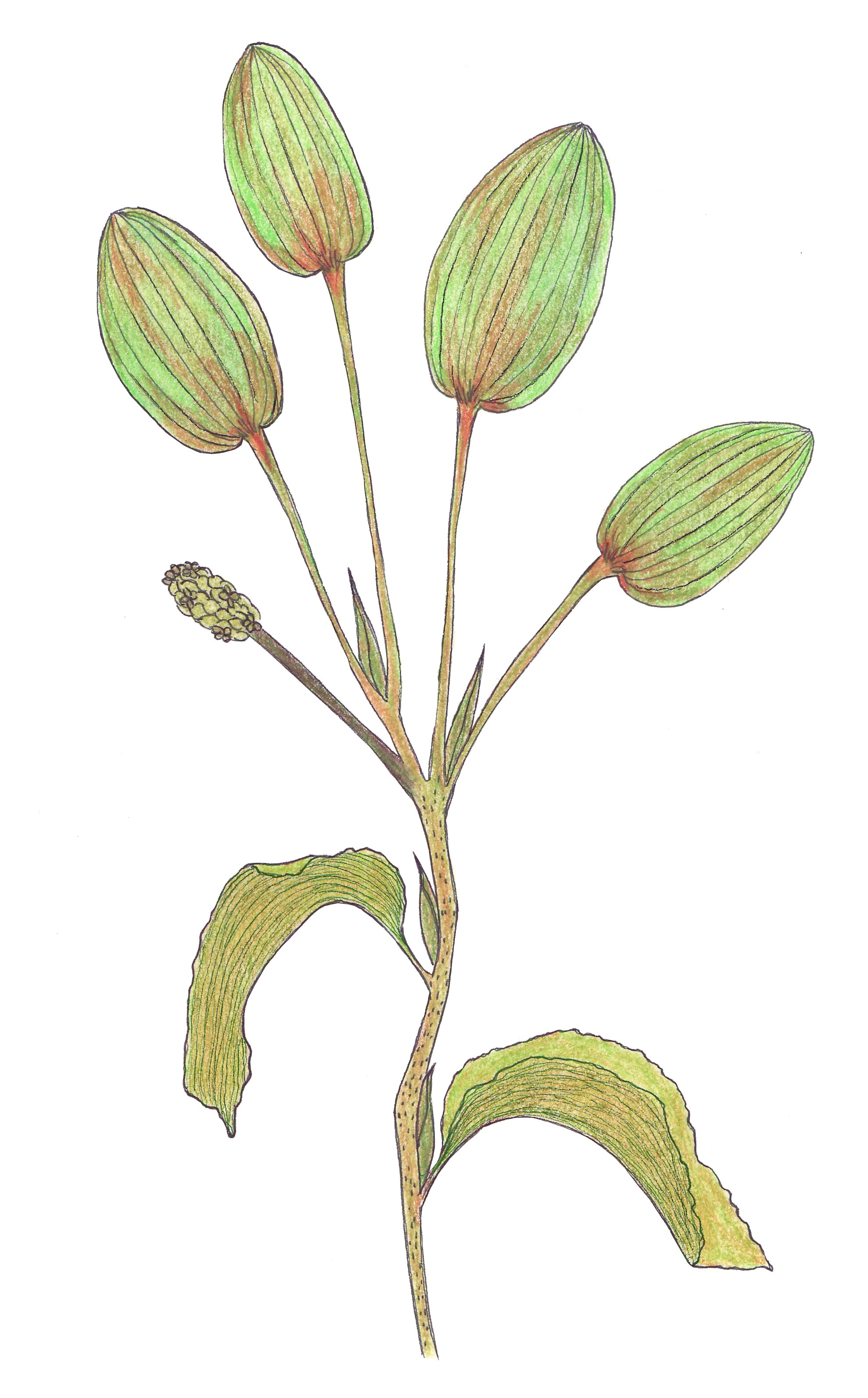 |
Found floating on the surface of low-nutrient freshwater lakes in stillwater or slow-flowing areas. Typically in shallow areas with muddy bottoms. Often observed with Largeleaf Pondweed and Pickerel Weed. |
_0.jpg)

